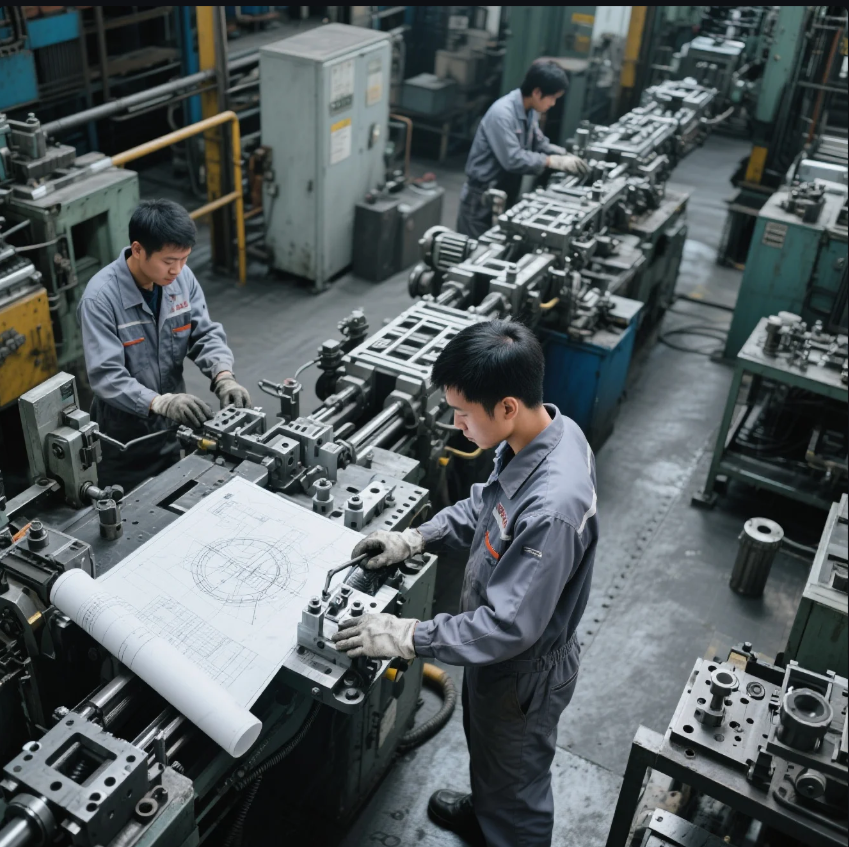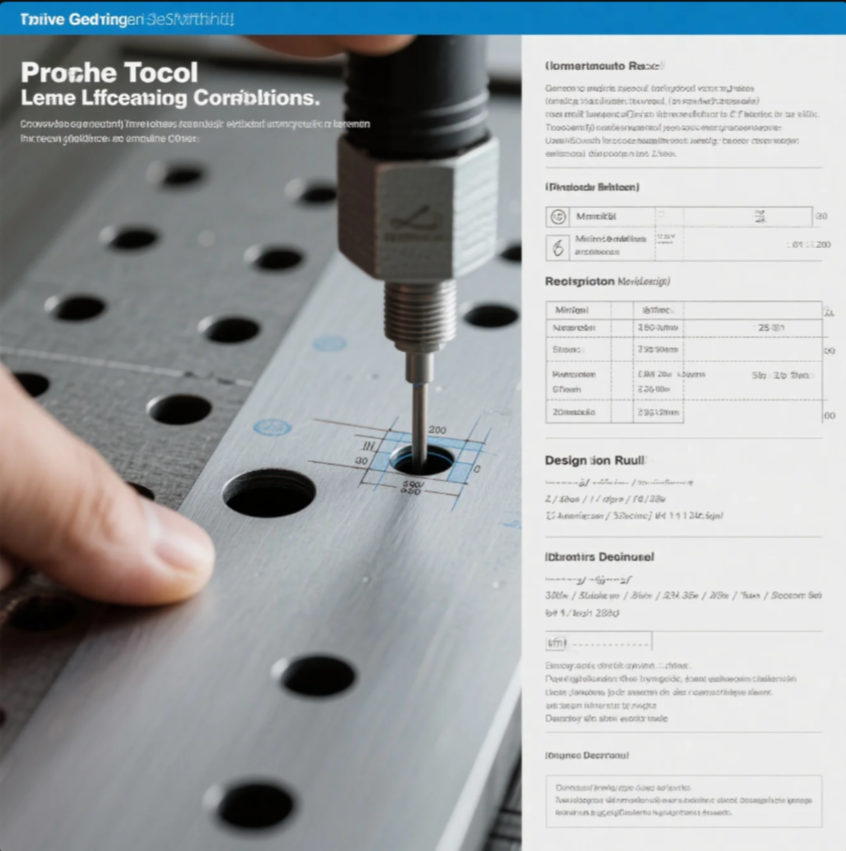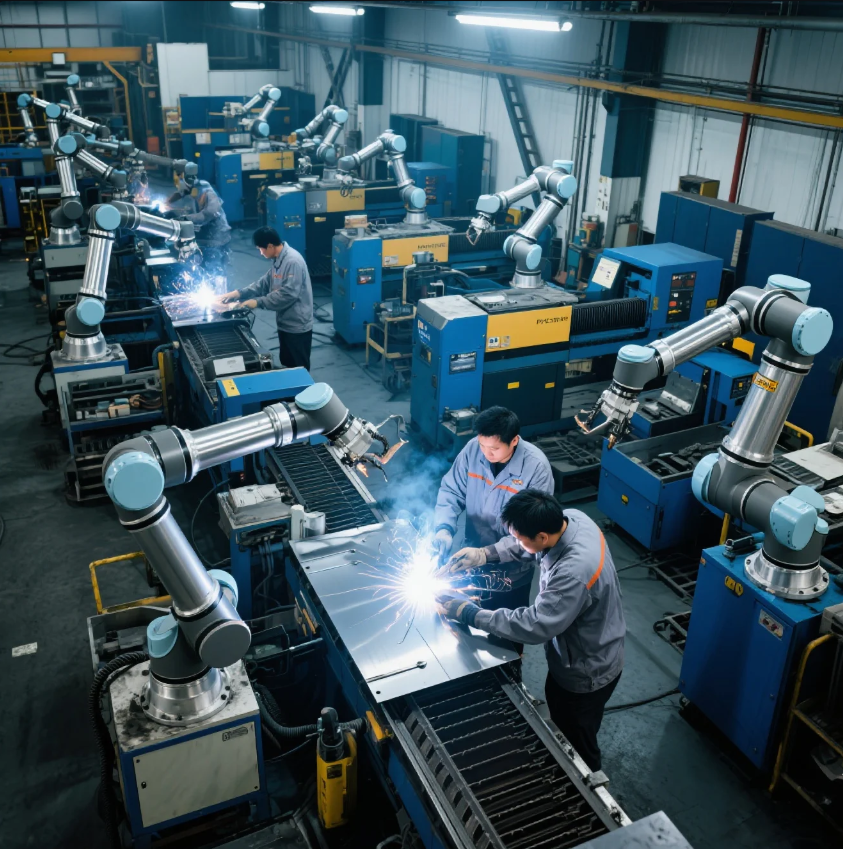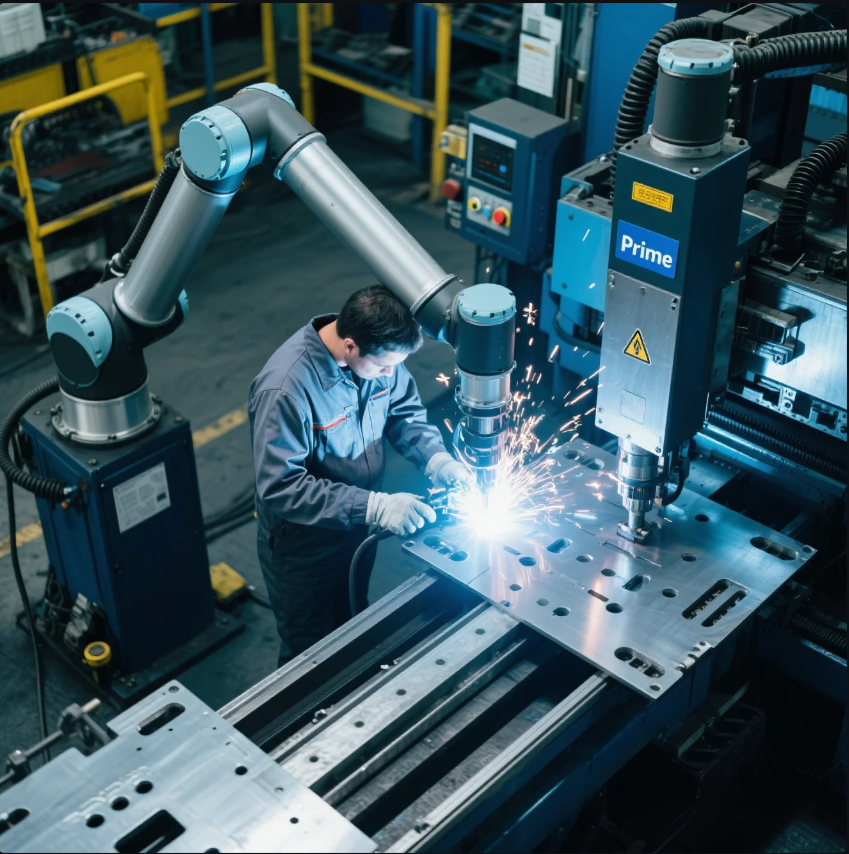How much does it cost to fabricate metal parts?
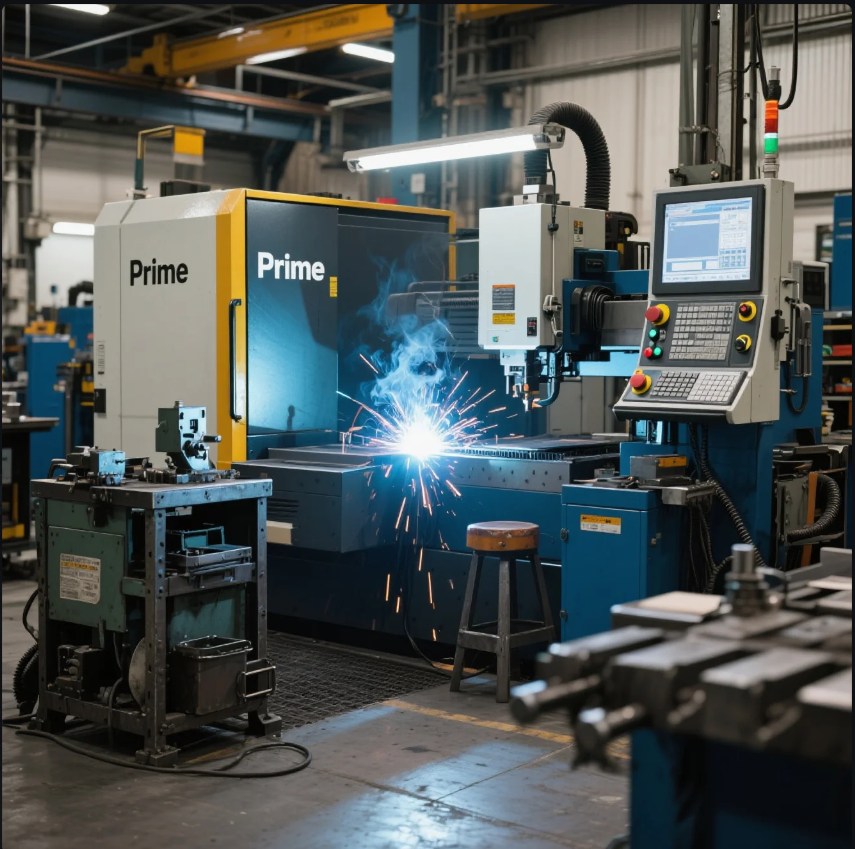
Buyer: I’m planning a new product and need a sense—how much does it cost to fabricate metal parts?
Engineer (Prime): Great question. The cost of fabricating metal parts depends on many factors: material, complexity, quantity, and processes involved. Let’s walk through typical pricing models, cost drivers, and what you can expect.
Table of Contents
- How much to charge for metal fabrication?
- What is the fabrication process cost?
- What is the profit margin for metal fabrication?
- What are fabrication charges?
- Frequently Asked Questions (FAQ)
- Conclusion
How much to charge for metal fabrication?
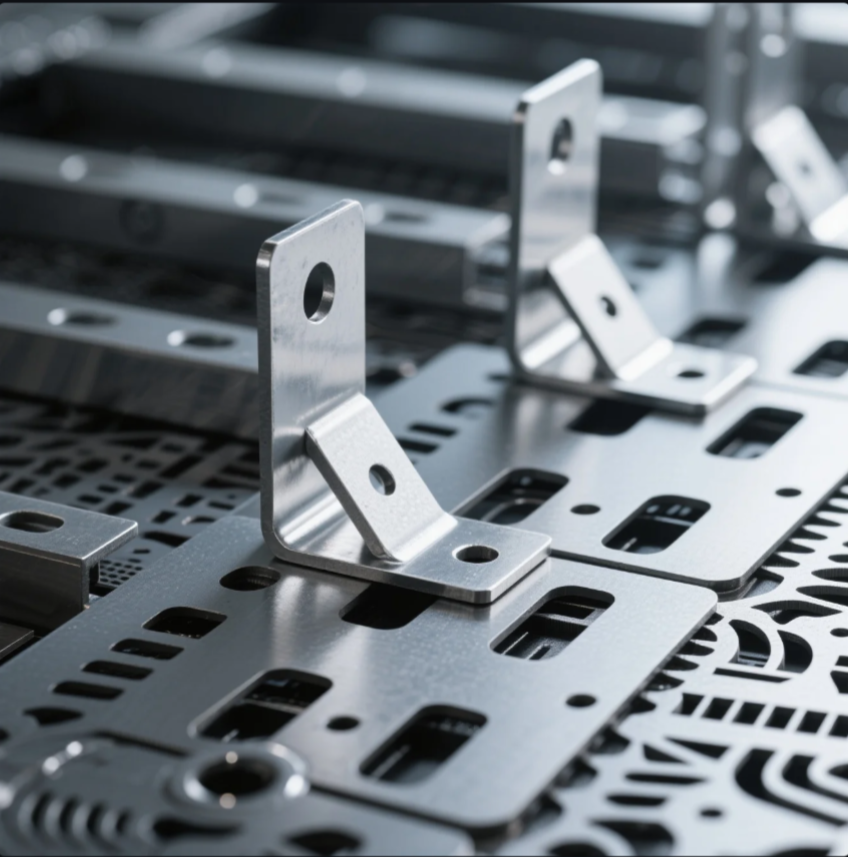
Buyer: Let’s say I’m ordering a batch of metal brackets—how’s the pricing usually structured?
Engineer: Metal fabrication pricing usually includes:
- Raw material cost (steel, aluminum, etc.)
- Setup + machine time (CNC, laser, welding, etc.)
- Labor for finishing, inspection, packaging
- Markup or margin
| Process | Typical Hourly Rate (USD) |
|---|---|
| Laser cutting | \$65–\$100/hour |
| CNC machining | \$75–\$150/hour |
| Welding | \$50–\$85/hour |
| Finishing/polishing | \$30–\$60/hour |
For small batches, expect \$5–\$25 per part for simple jobs, and \$50+ per part for custom or tight-tolerance work.
Buyer: So there’s a setup fee plus cost-per-part?
Engineer: Exactly. That’s why we help clients at Prime optimize part geometry for lower machine time and scrap.
What is the fabrication process cost?
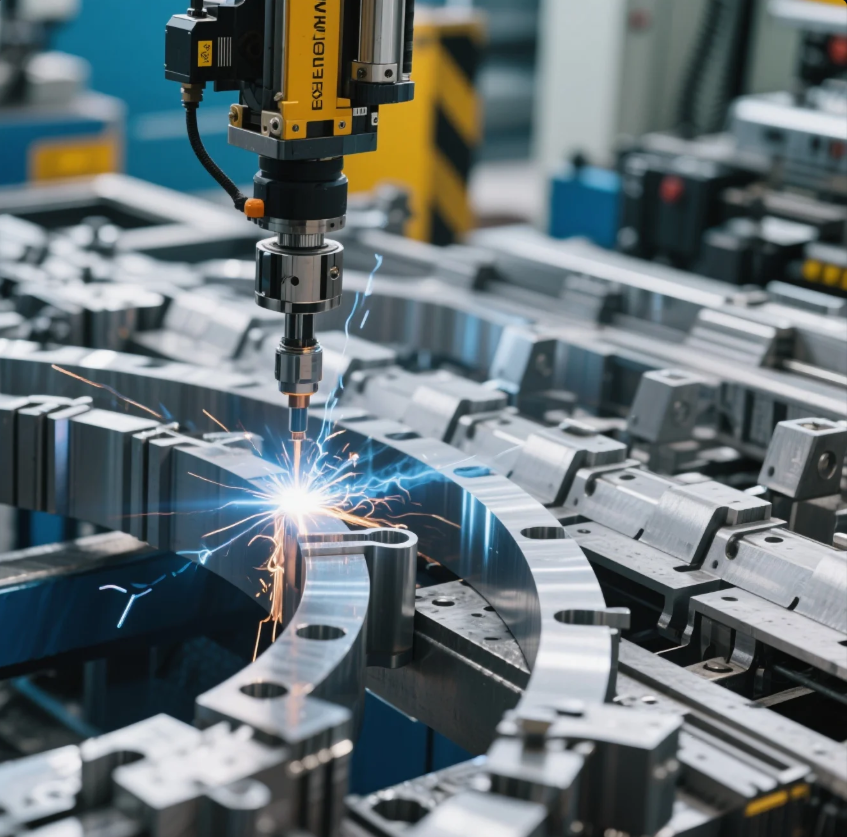
Buyer: What makes one part more expensive than another?
Engineer: Main cost drivers include:
- Material type – Stainless steel or titanium costs more than mild steel
- Thickness & tolerance – Thicker parts need slower cuts or multi-step finishing
- Number of operations – Cutting + bending + welding increases labor and handling
- Volume – One-off parts are expensive; batch runs get lower per-unit rates
At Prime, we estimate fabrication cost using BOM analysis + process simulation.
Summary: The more complex and low-volume the part, the higher the per-unit fabrication cost.
What is the profit margin for metal fabrication?
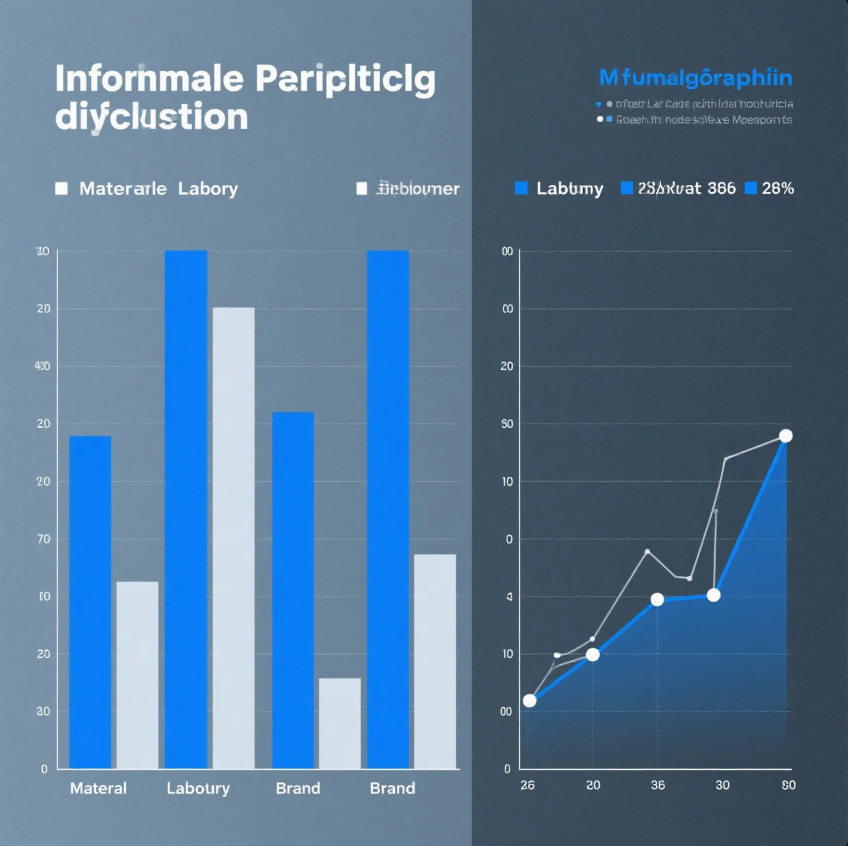
Buyer: What’s a typical markup or margin for metal fabricators?
Engineer: In B2B fabrication, average gross profit margins range between 20–40%, depending on:
- Material price volatility
- Overhead costs (facility, tooling, inspection)
- Required certifications (ISO, PPAP, etc.)
- Volume and repeatability
Prime focuses on long-term client relationships, so we offer transparent quotes with optional cost-saving recommendations.
| Cost Component | % of Final Price |
|---|---|
| Raw Material | 30–50% |
| Machine Time | 20–35% |
| Labor & Finishing | 15–25% |
| Overhead + Margin | 10–20% |
Buyer: So markup isn’t just profit—it includes hidden costs?
Engineer: Exactly. We document all steps clearly, so buyers know what they’re paying for.
What are fabrication charges?
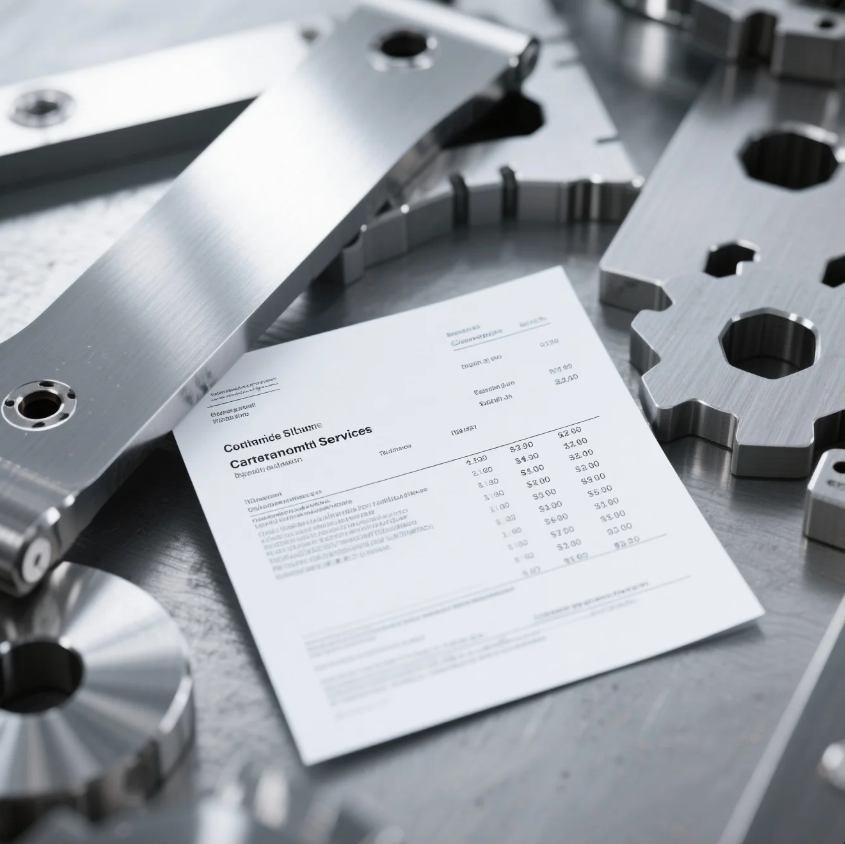
Buyer: I’ve seen the term “fabrication charge” on quotes. What does it include?
Engineer: A fabrication charge usually covers all the custom work involved, including:
- Machine setup
- Tooling wear
- CAD or CAM programming
- Quality control checks
- Handling and packaging
This is usually applied as a flat fee per order, or blended into per-part pricing for larger runs.
Buyer: So even if the part seems simple, the setup might still cost a bit?
Engineer: Correct. Especially for one-time or small-batch parts. But at Prime, we waive or reduce setup charges for ongoing orders.
Frequently Asked Questions (FAQ)
❓ How can I reduce metal fabrication cost?
Engineer: Simplify the geometry, increase batch size, and use standard materials or finishes.
❓ What’s cheaper—CNC or laser cutting?
Engineer: For flat parts, laser is faster and cheaper. For complex 3D profiles, CNC is better.
❓ Do you offer volume discounts?
Engineer: Yes. At Prime, we offer scaled pricing for orders above 100, 500, and 1000 units.
❓ What materials do you work with?
Engineer: Carbon steel, stainless, aluminum, brass, copper, titanium, and more. All ISO-certified.
Conclusion
Buyer: So, how much does it cost to fabricate metal parts?
Engineer: Anywhere from a few dollars to hundreds—depending on material, process, volume, and complexity. But we help clients design smarter parts to hit both budget and performance goals.
Buyer: I’ll send you my drawings for review.
Engineer: Great! We’ll provide a quote, lead time, and manufacturing suggestions.
Need accurate metal part pricing with clear breakdowns and ISO-certified quality?
Contact Prime for a free consultation, DFM feedback, and fast quote.
📧 Email: [email protected]
🌐 Website: https://primecustomparts.com

